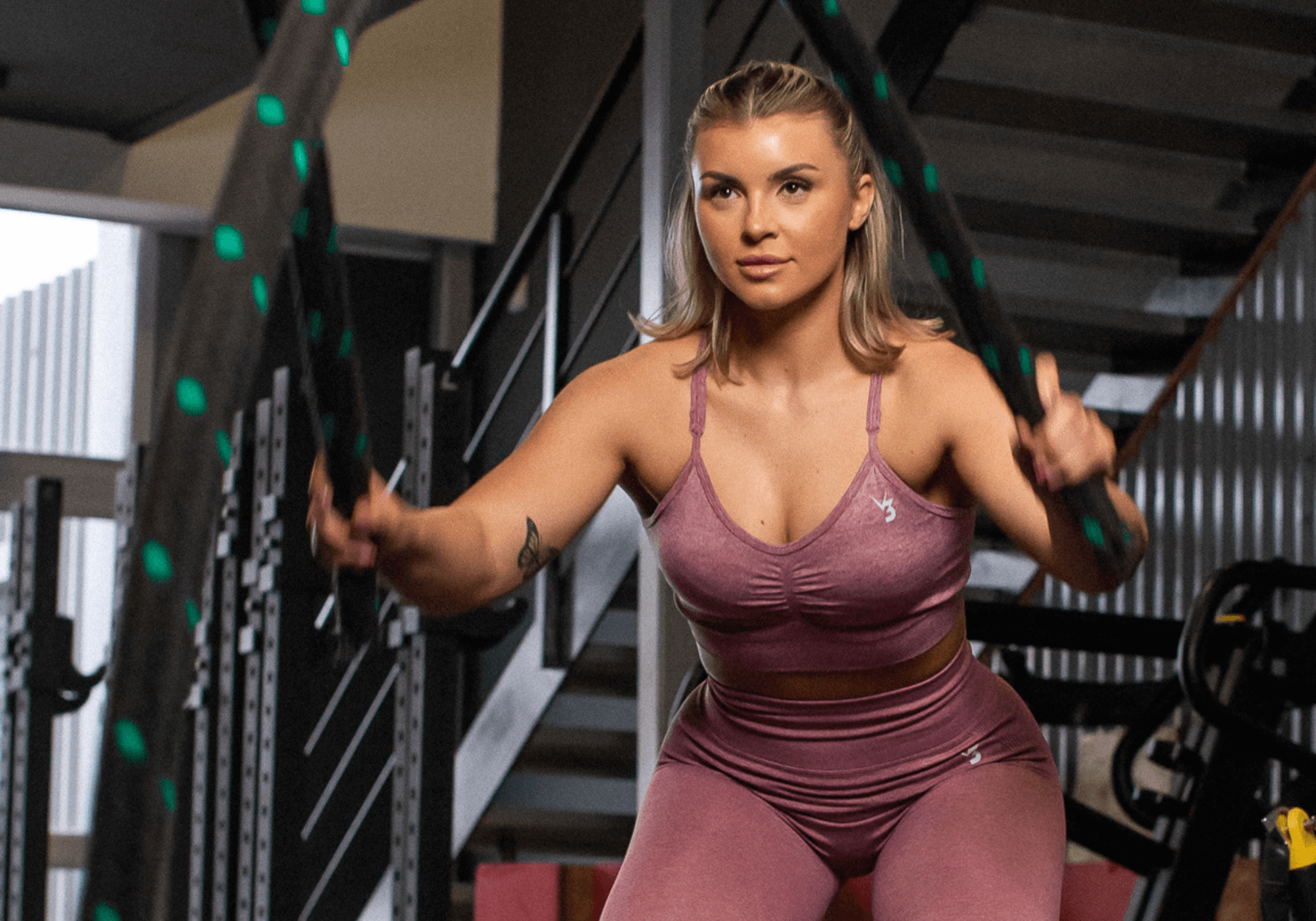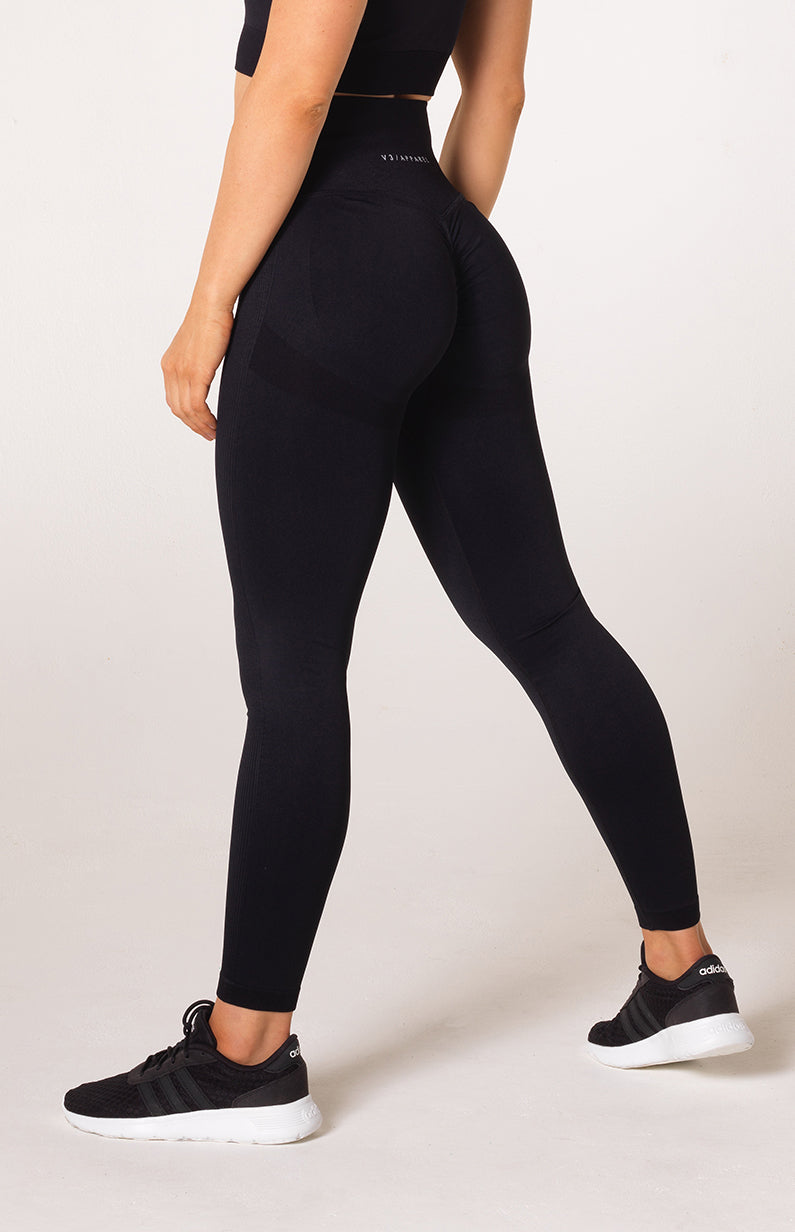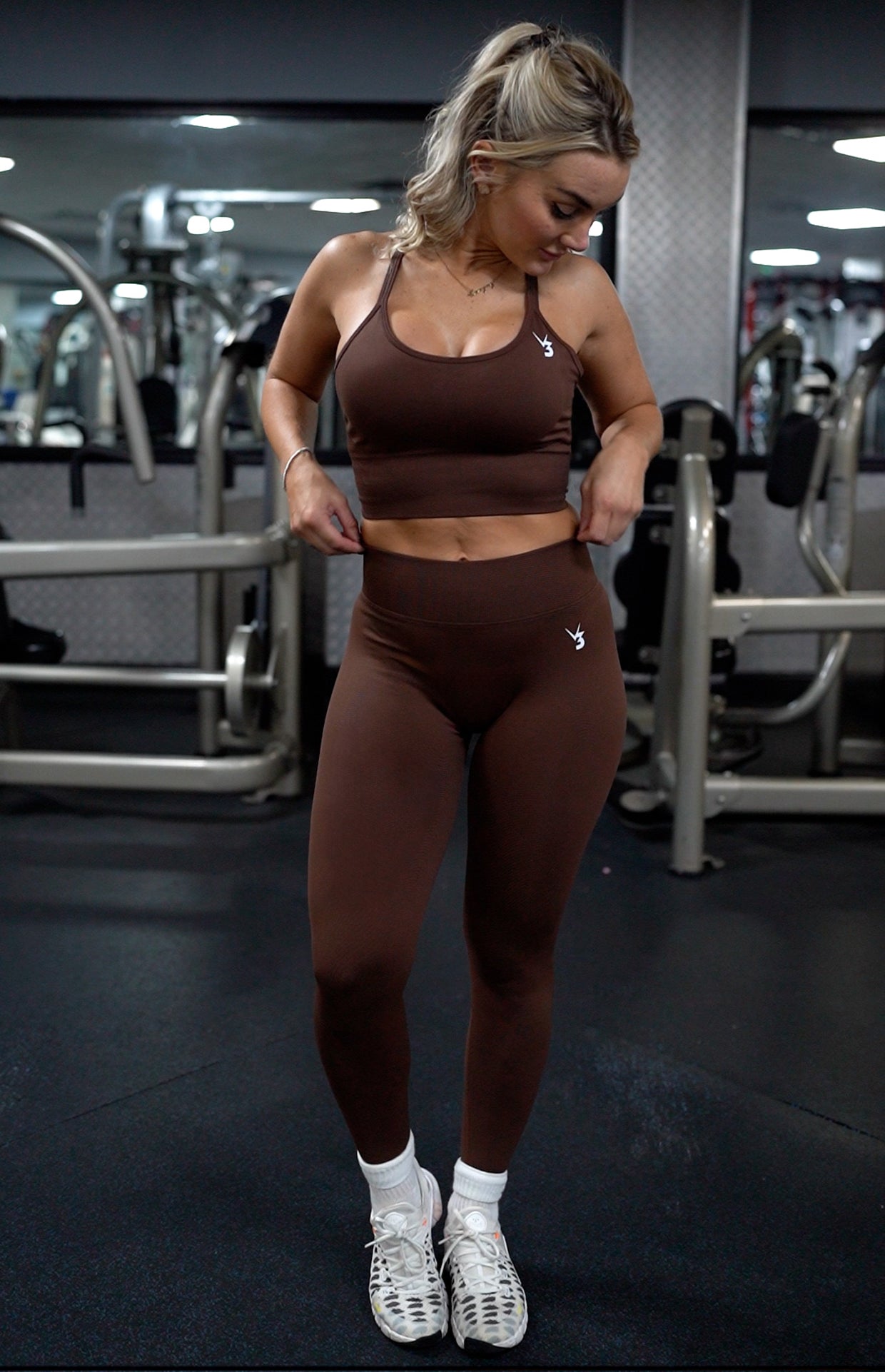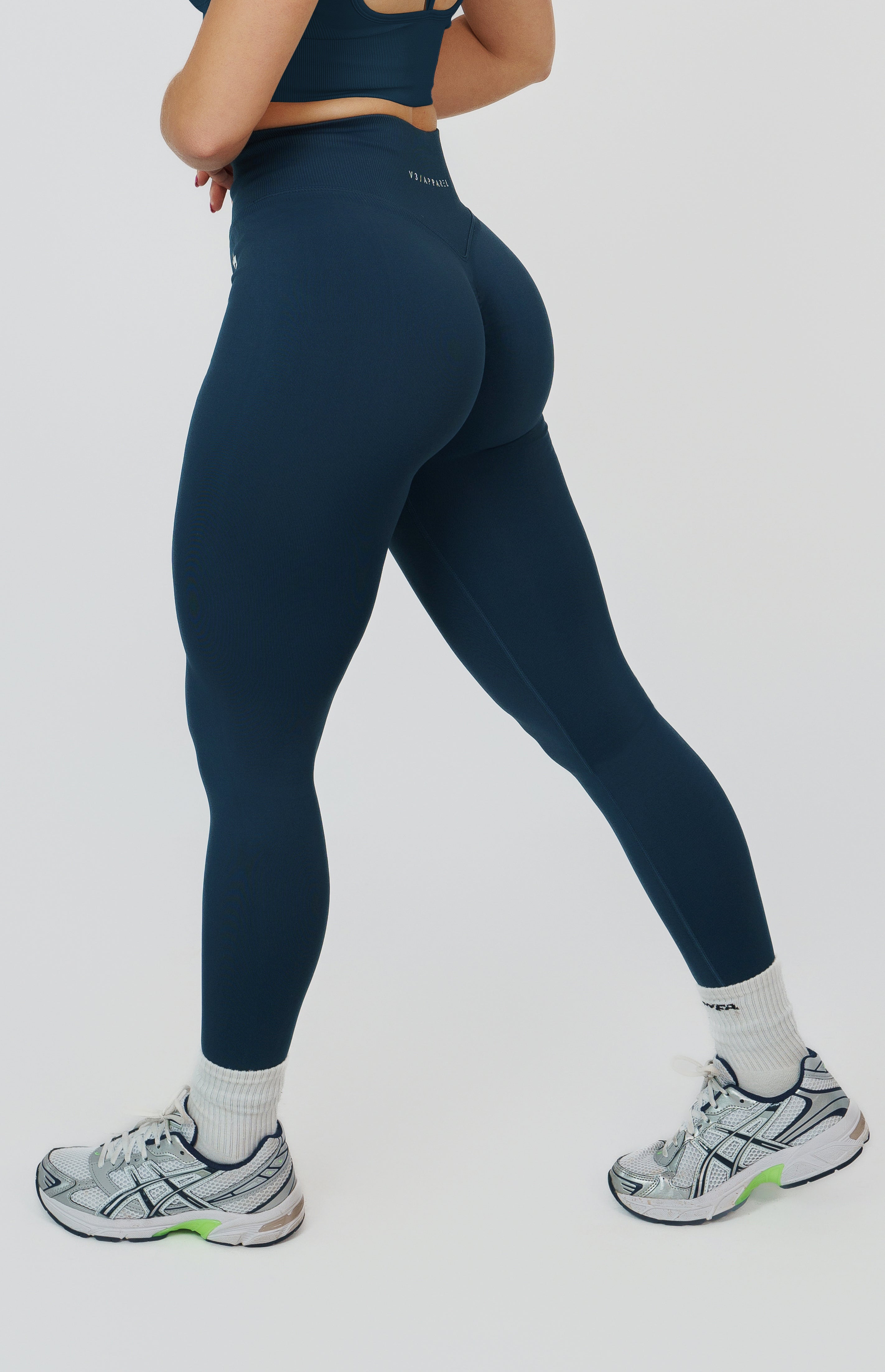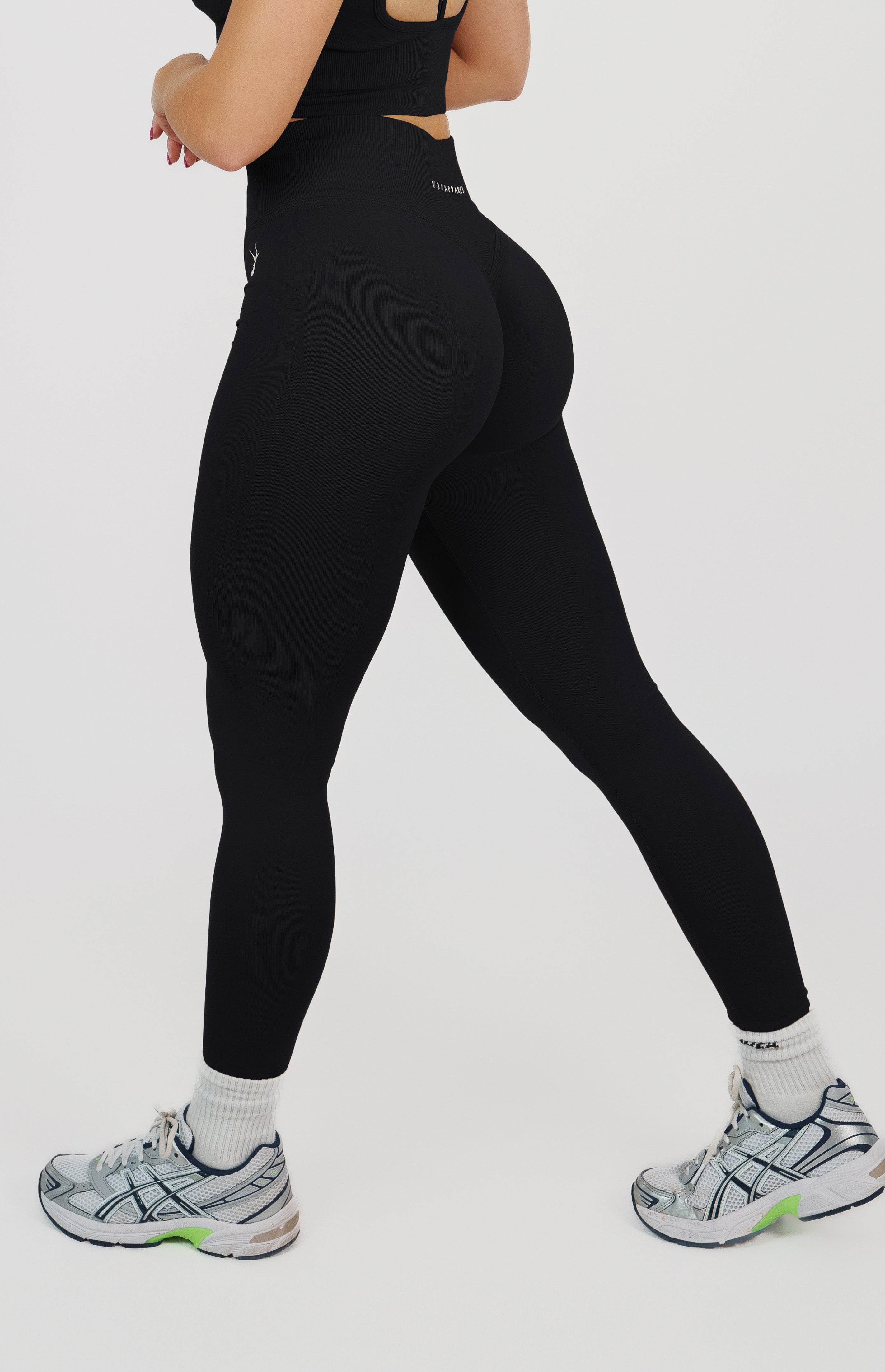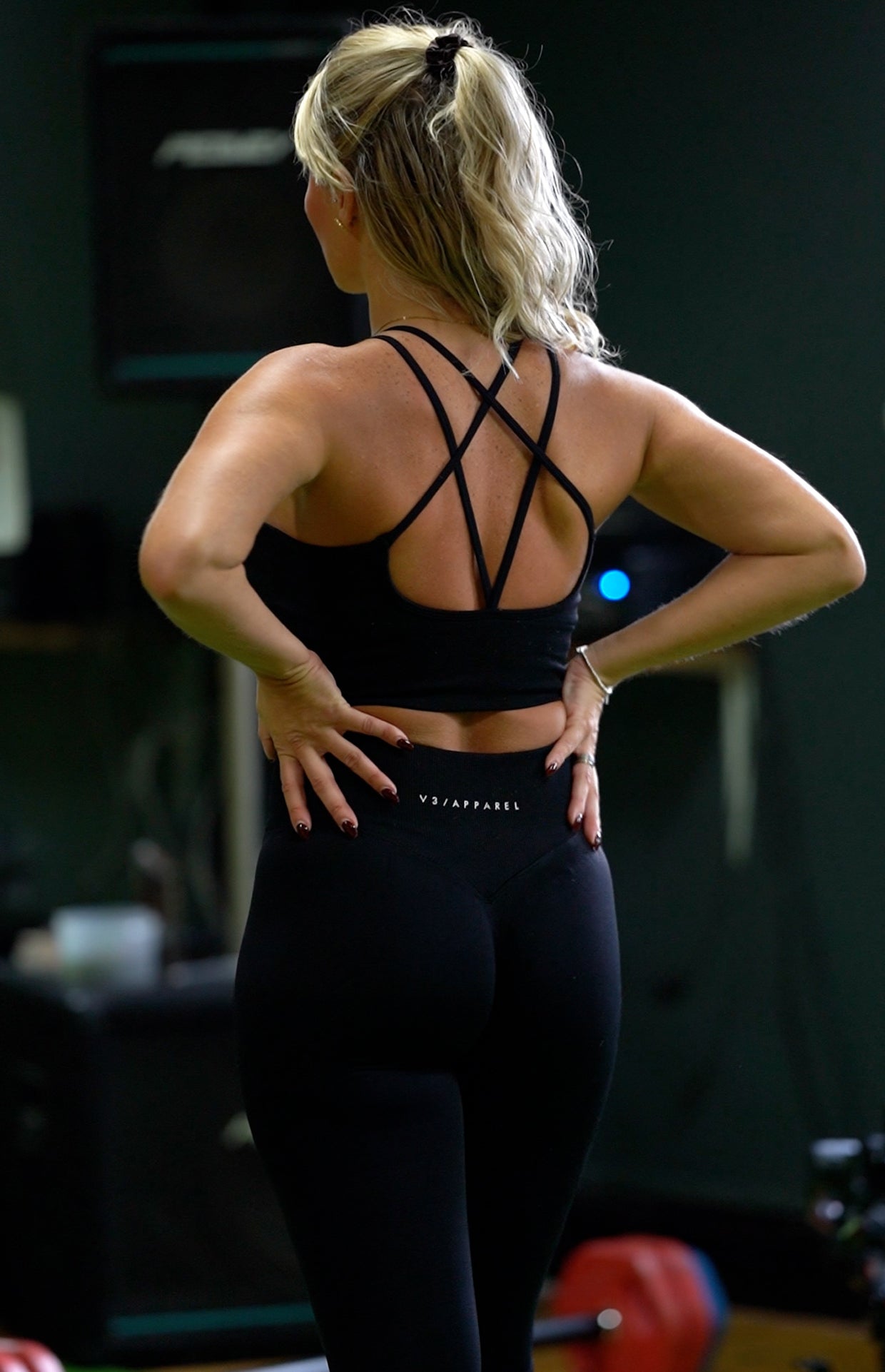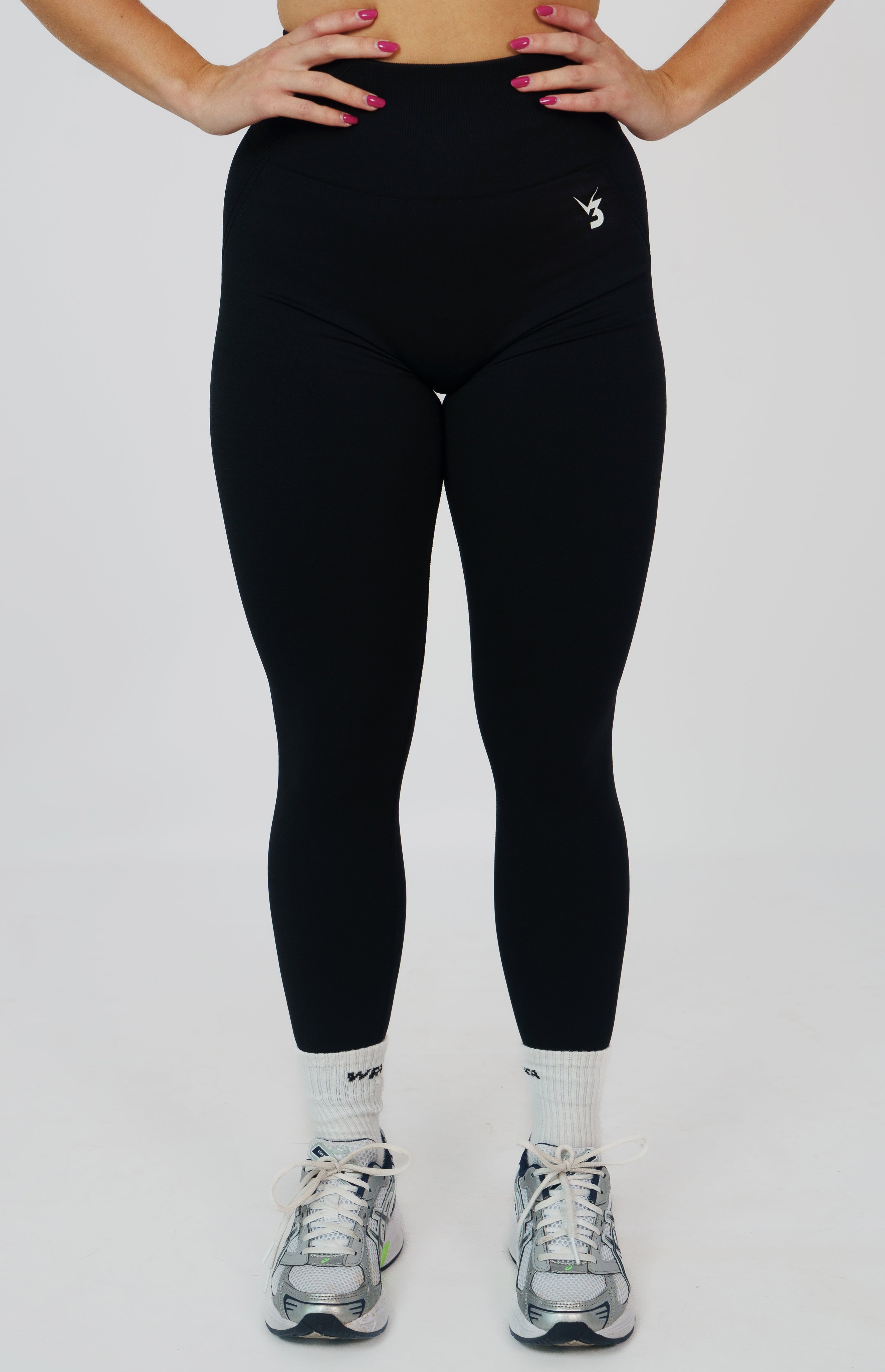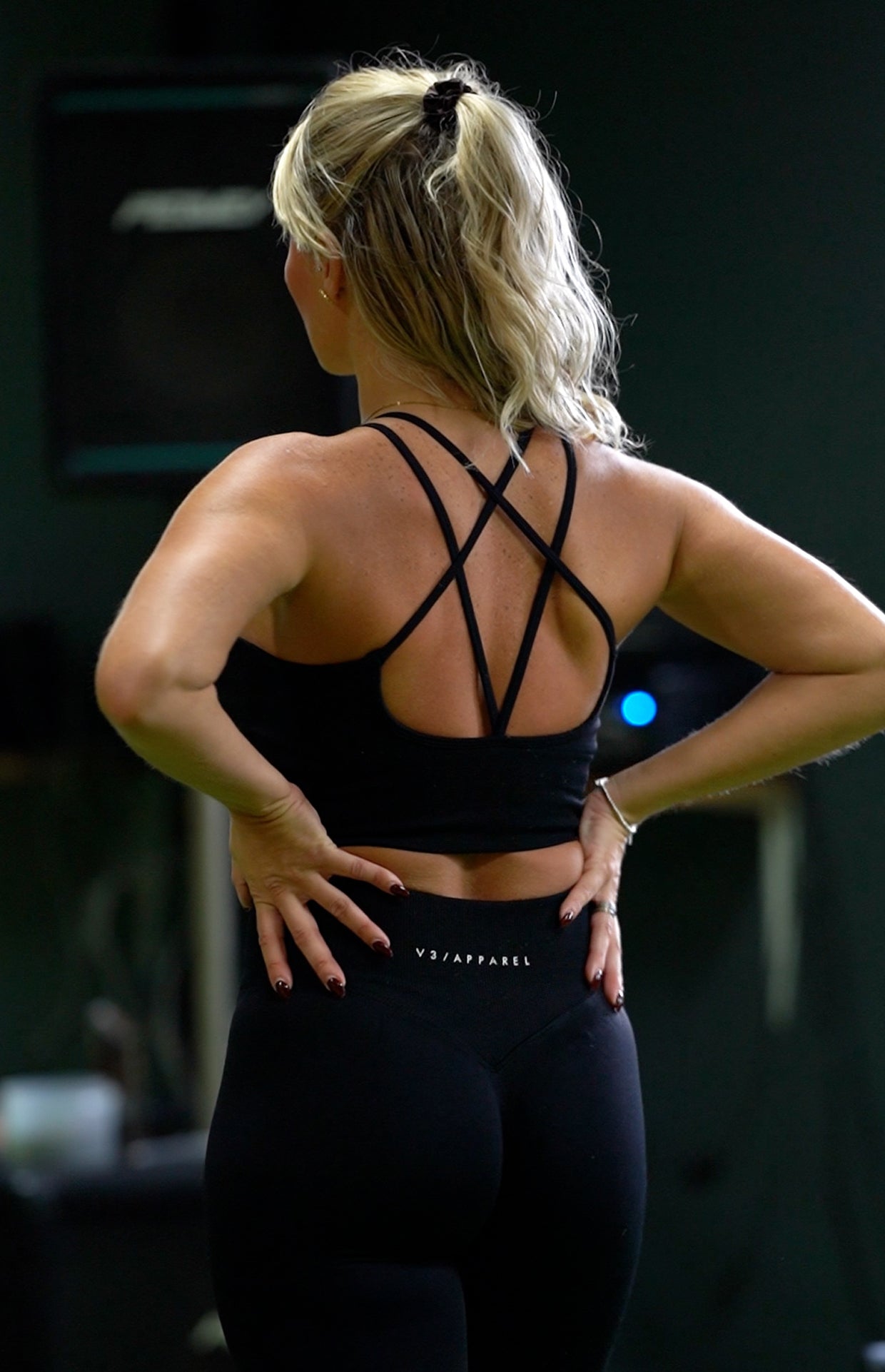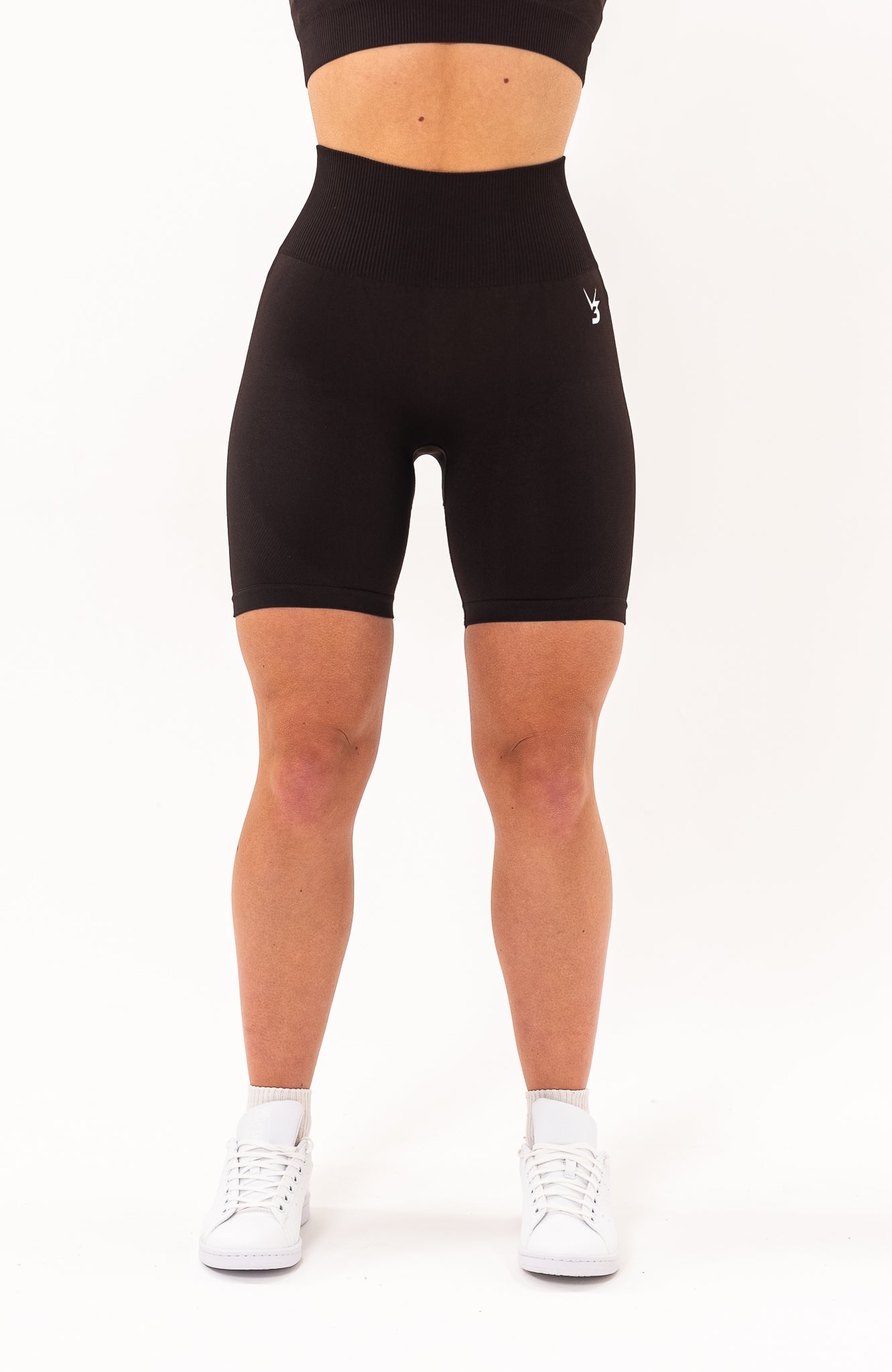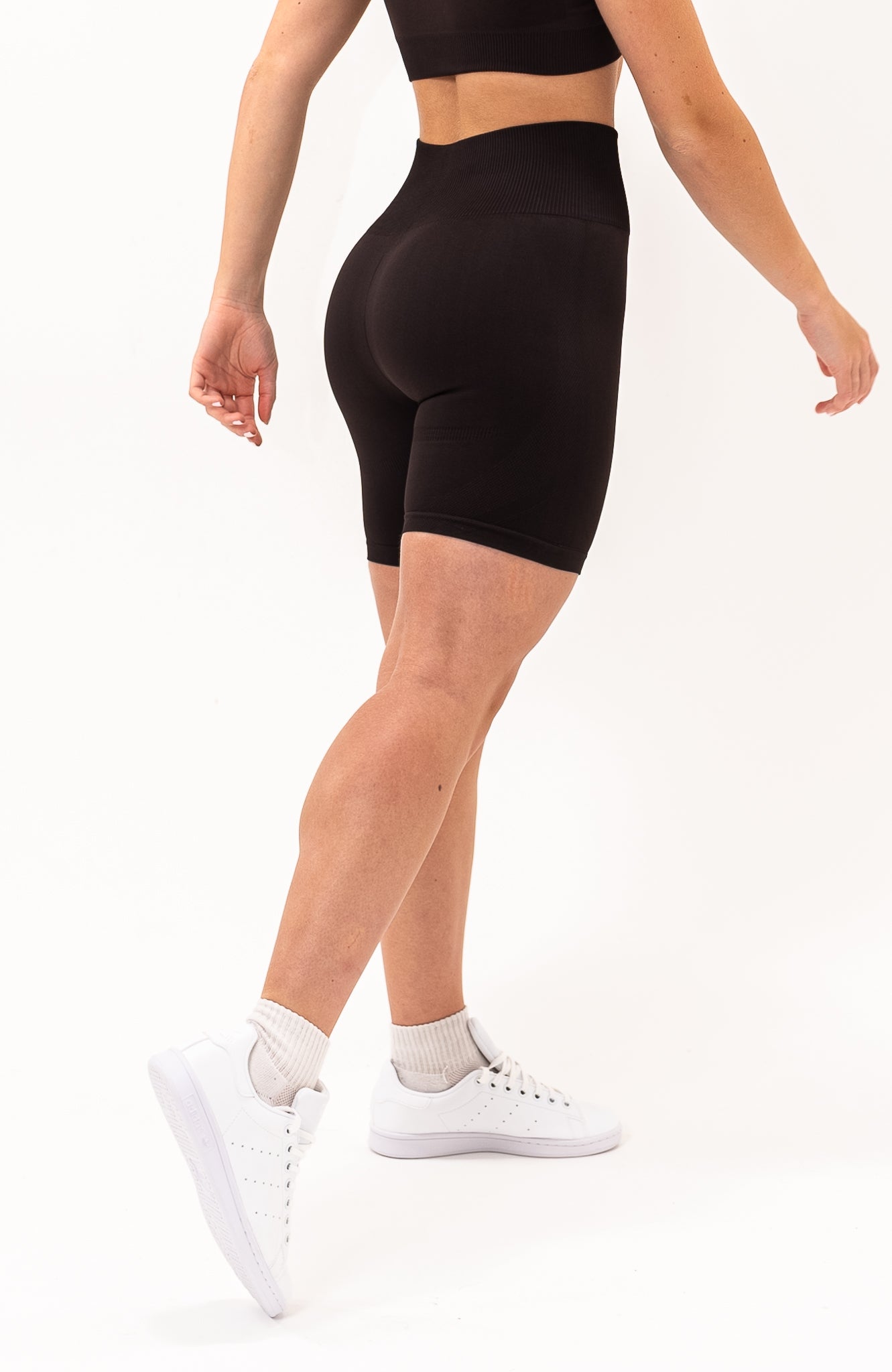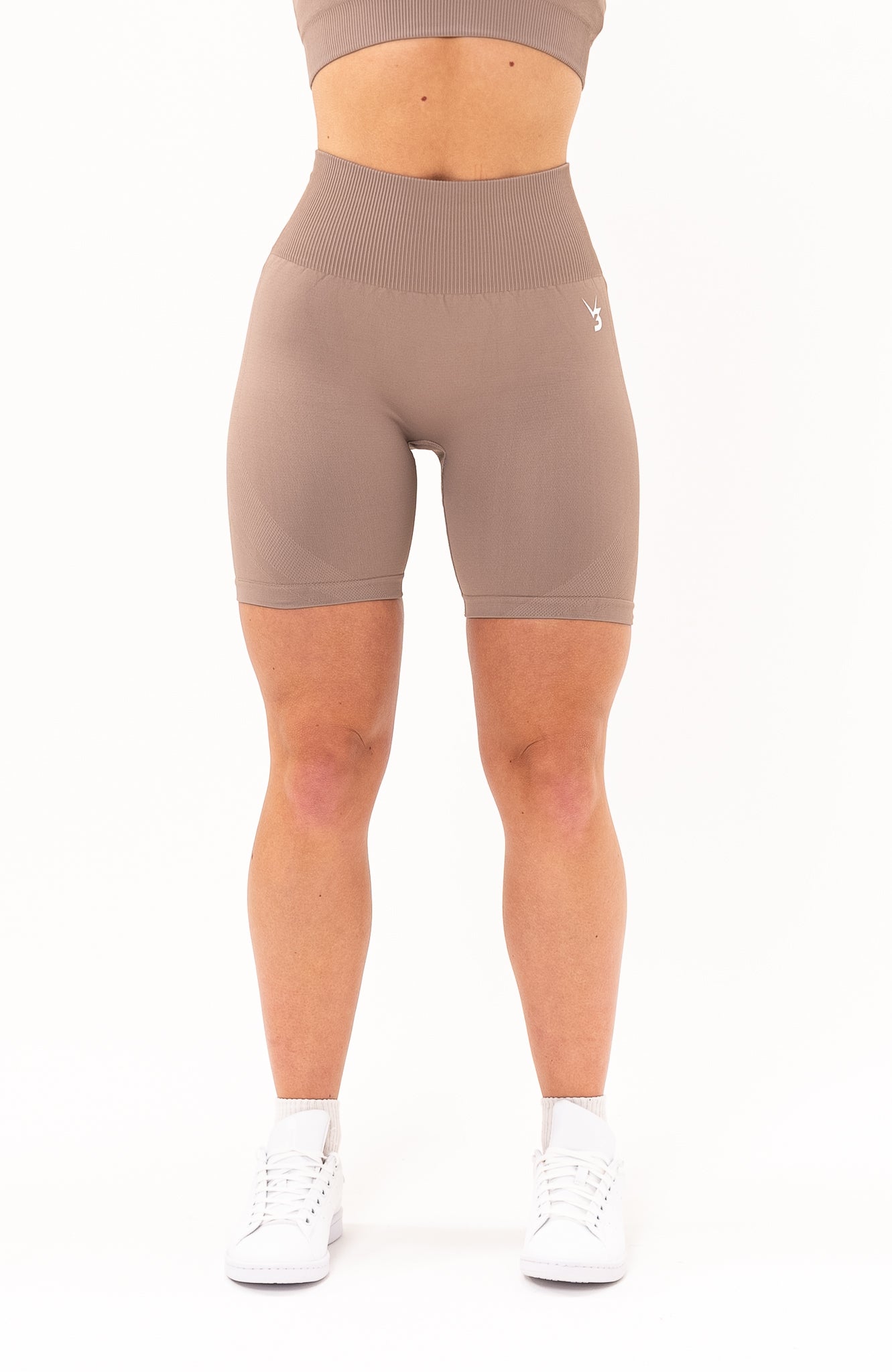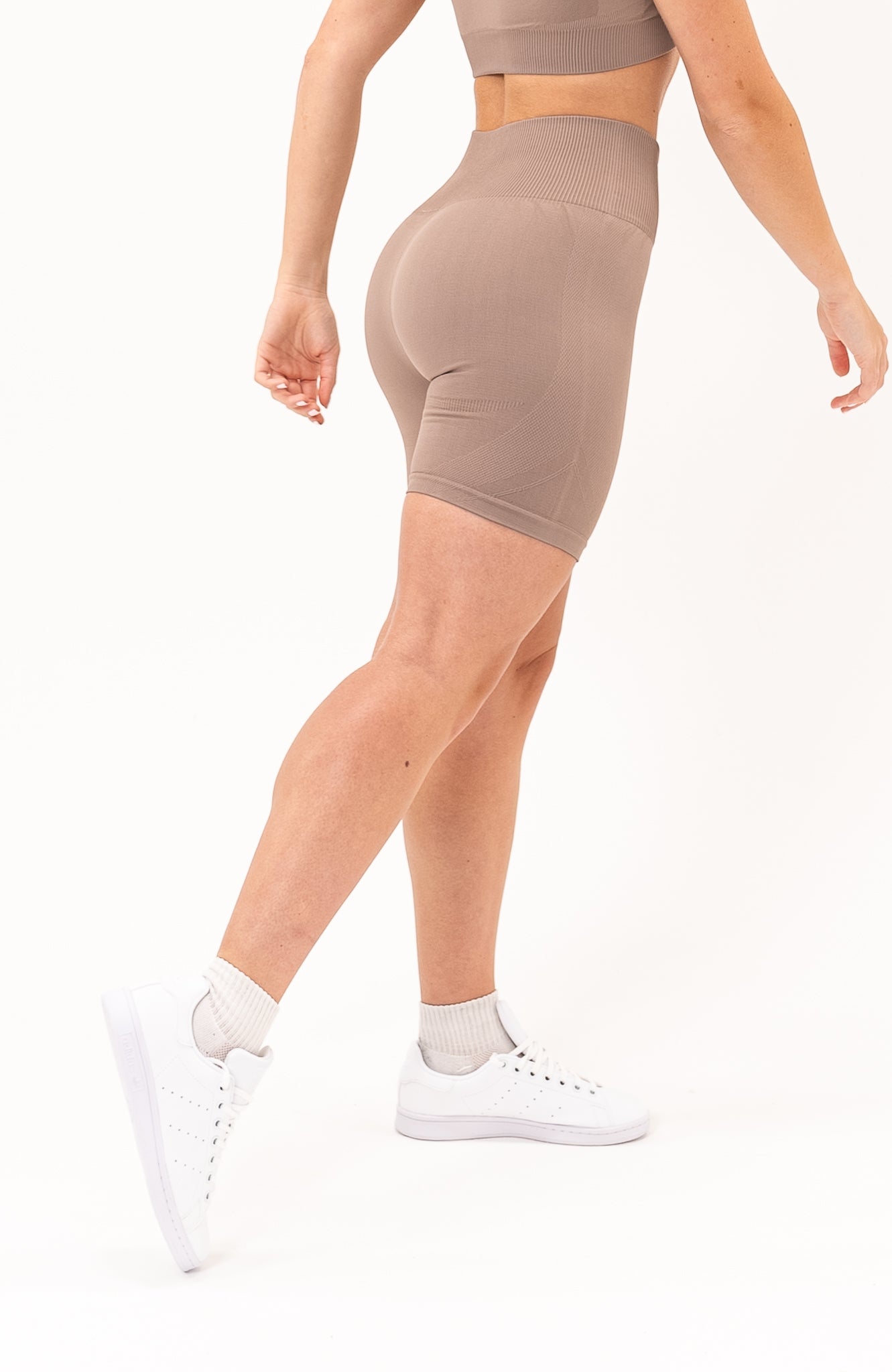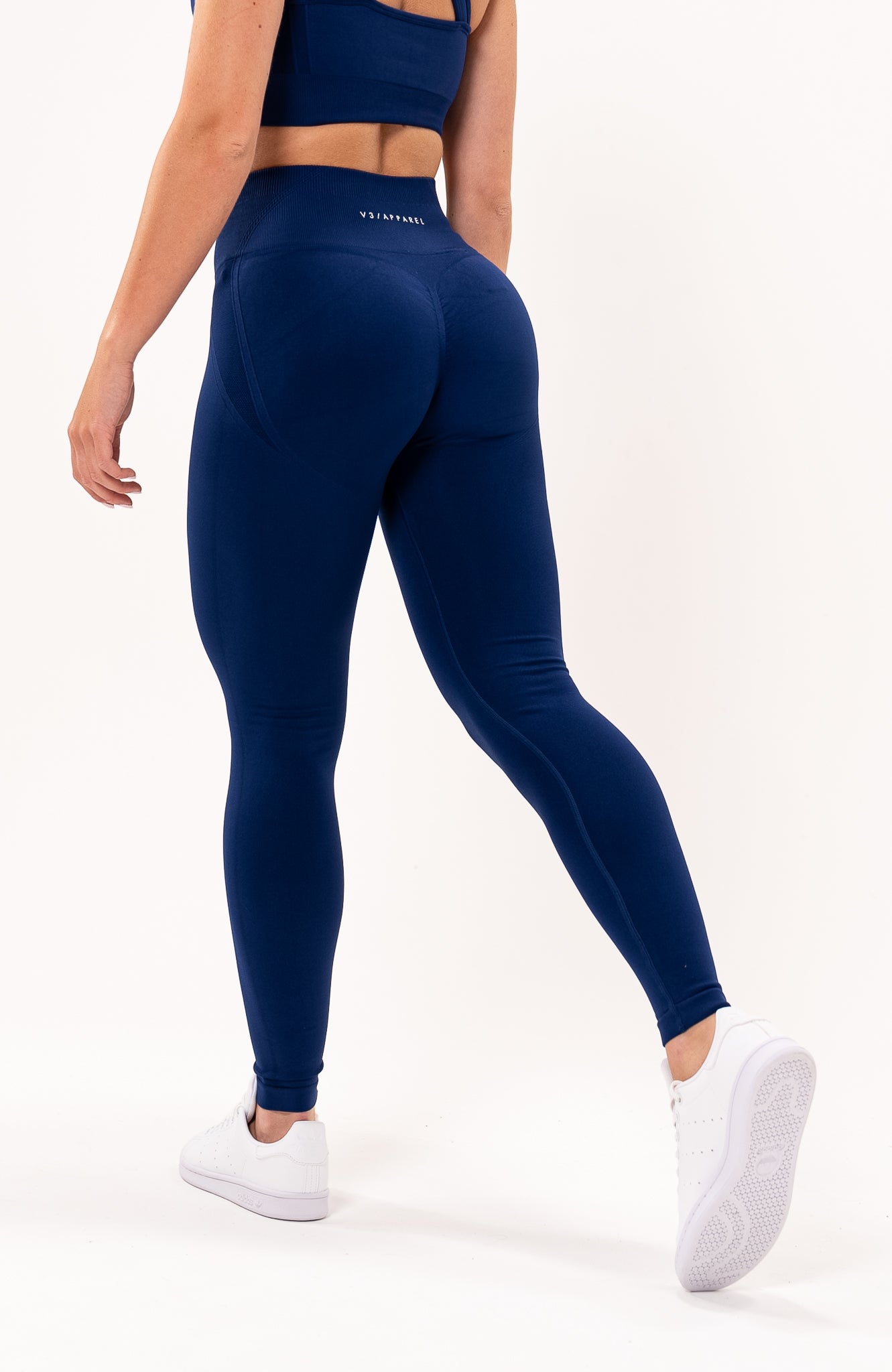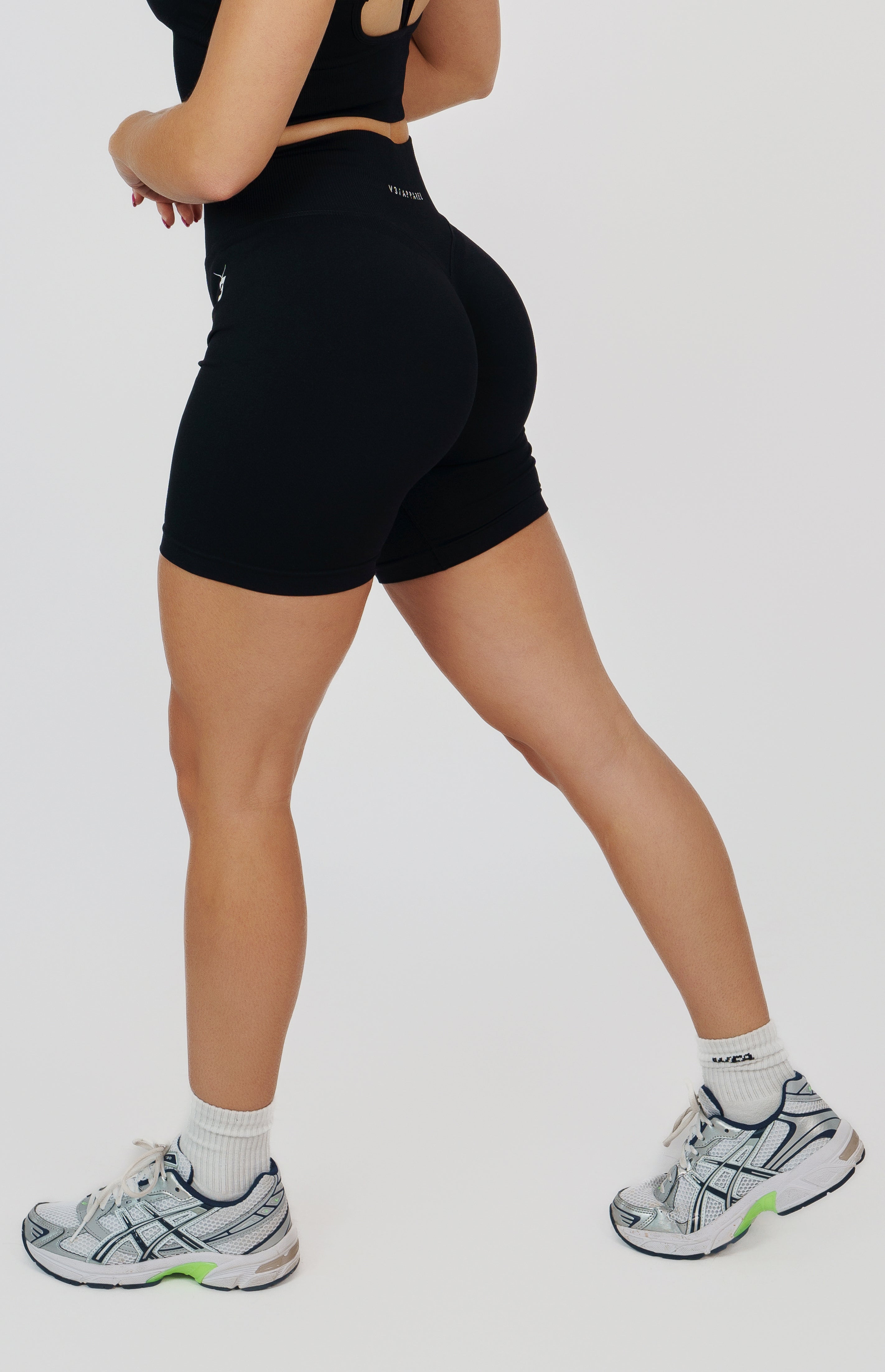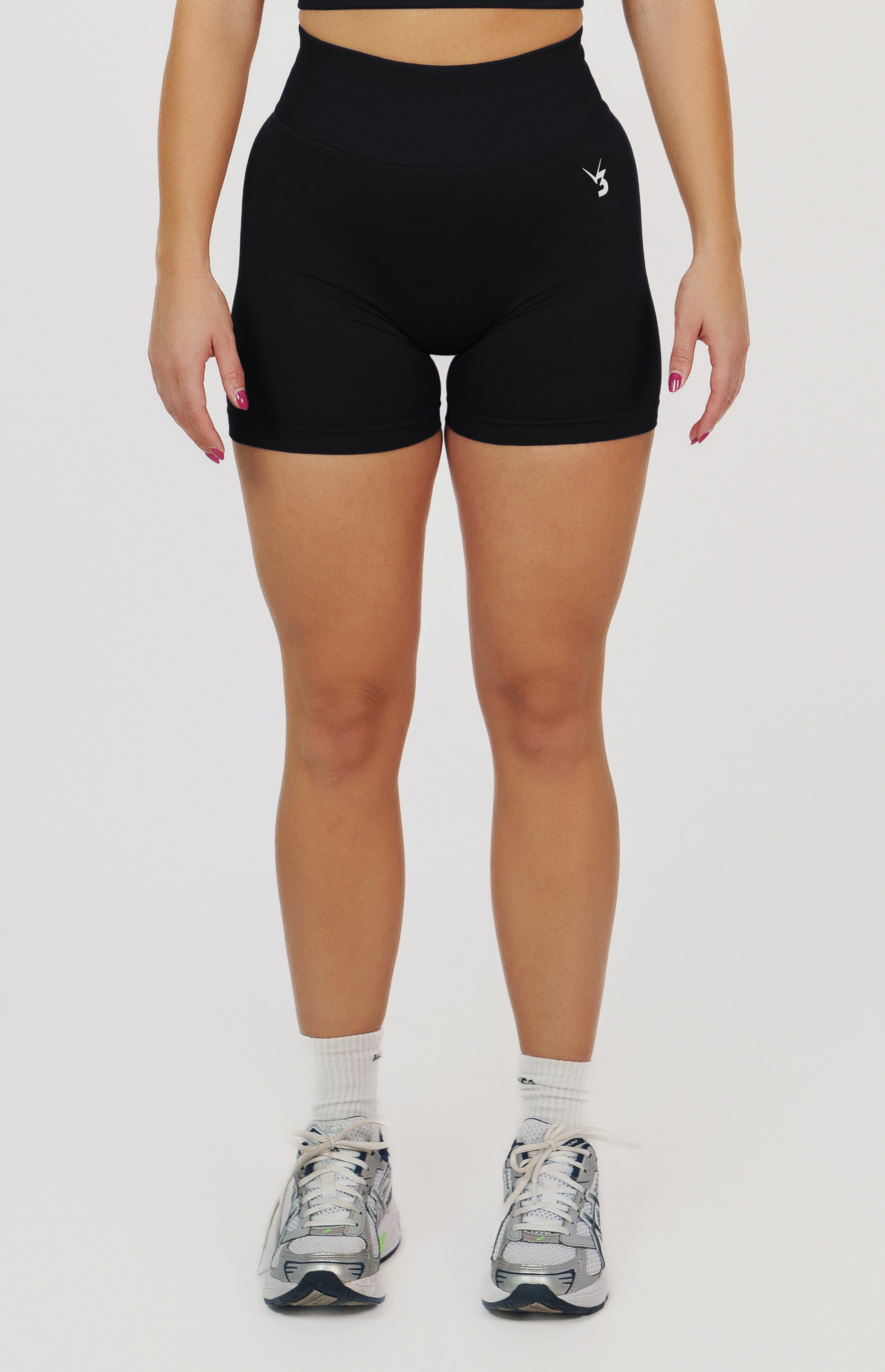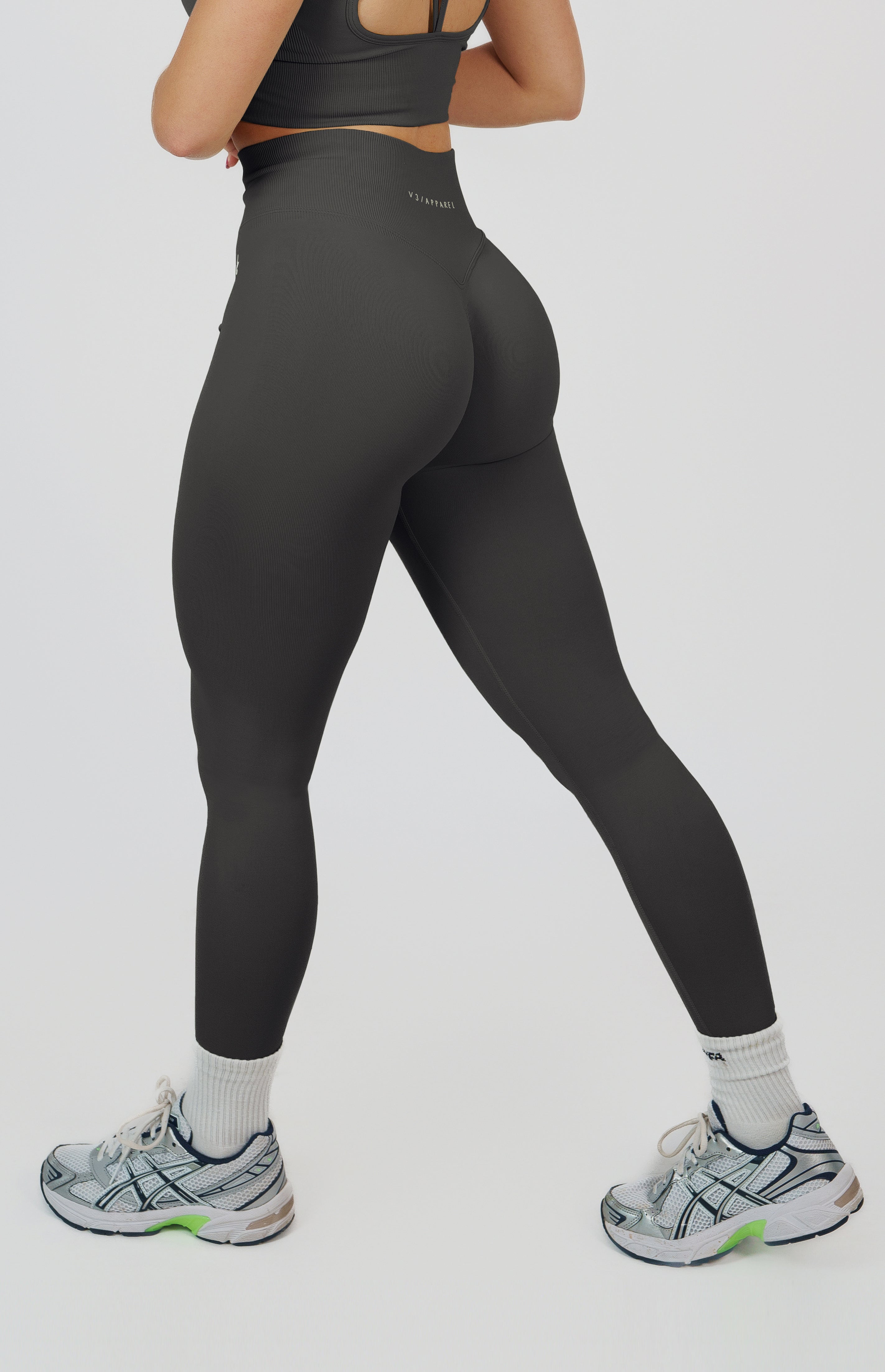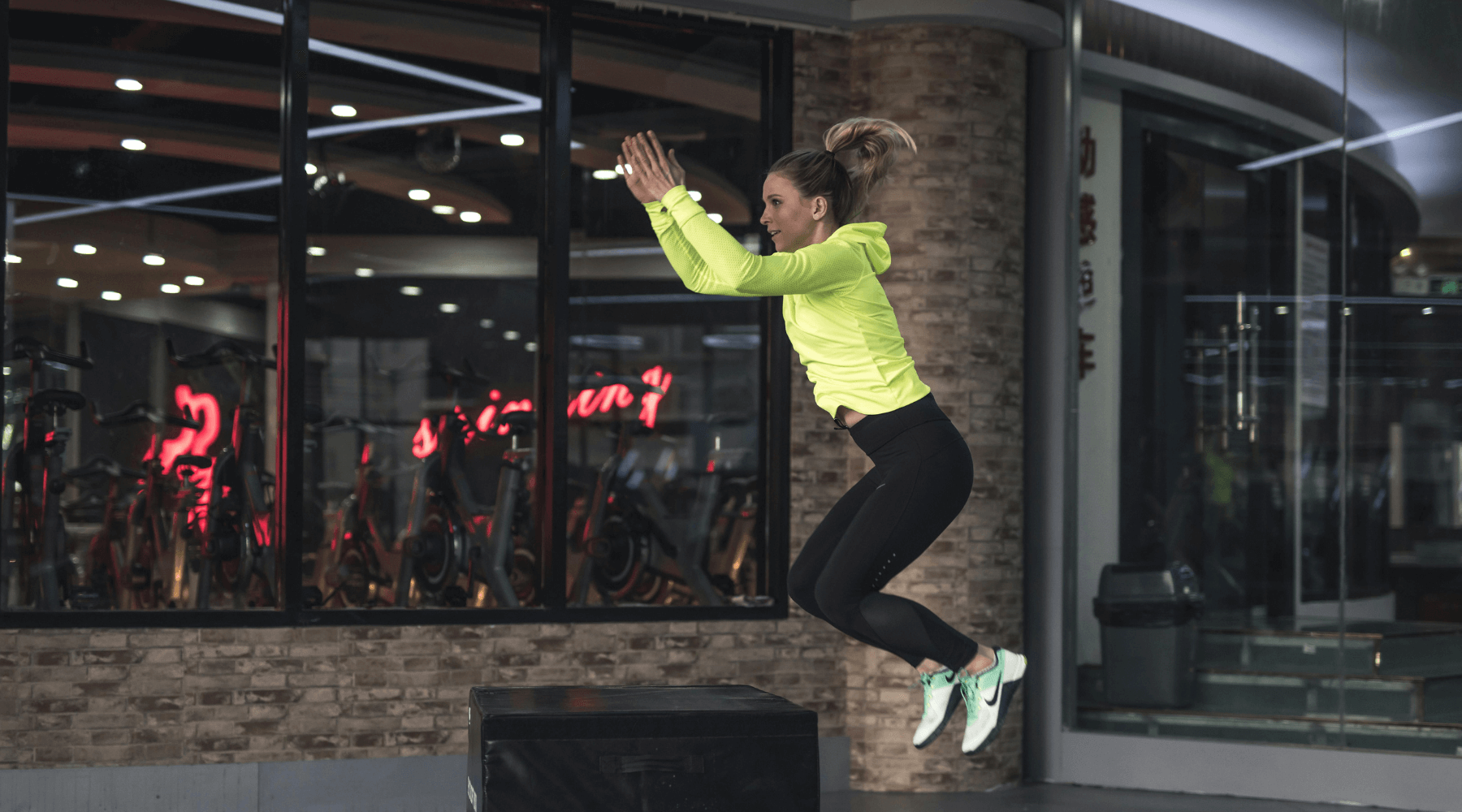
How To Perform The Perfect Box Squat Jump & Free Box Squat Jump Workout Session
The Ultimate Guide: How to Do a Proper Box Squat Jump
The Box Squat Jump is a powerful plyometric exercise that not only boosts lower body strength but also enhances explosive power and agility. In this comprehensive guide, we'll delve into the nuances of the exercise, its myriad benefits, and how to perform it with precision and safety, ensuring beginners embark on their fitness journey with a strong foundation.
What is the Box Squat Jump?
The Box Squat Jump is a dynamic and explosive variation of the traditional squat. Incorporating a plyometric element, this exercise involves descending into a squat position and exploding upward, landing back onto a box or elevated surface. It engages major muscle groups, primarily targeting the quadriceps, hamstrings, and glutes, while also activating the core and improving overall athleticism.
Benefits of the Box Squat Jump:
-
Lower Body Power:
- Enhances explosive power in the legs, crucial for activities like sprinting, jumping, and sports performance.
-
Muscle Activation:
- Targets the quadriceps, hamstrings, and glutes, promoting balanced muscle development in the lower body.
-
Agility and Coordination:
- Improves agility and coordination by requiring controlled movements during the jump and landing.
-
Calorie Burn and Cardiovascular Health:
- Incorporates an element of cardiovascular exercise, aiding in calorie burn and supporting cardiovascular health.
-
Joint Strength and Stability:
- Strengthens the joints, particularly the knees and hips, when performed with proper form, enhancing overall stability.
Performing the Box Squat Jump:
1. Equipment:
- Place a sturdy box or platform behind you. Ensure it is at an appropriate height, allowing you to reach a parallel squat position when seated.
2. Starting Position:
- Stand with your feet shoulder-width apart, toes pointing slightly outward. Position yourself facing away from the box.
3. Descent:
- Initiate the movement by pushing your hips back and bending your knees, descending into a squat position. Keep your chest up and maintain a neutral spine.
4. Explosive Jump:
- Explosively push through your feet, extending your hips and knees simultaneously. Jump upward, reaching for the ceiling.
5. Controlled Landing:
- Land softly on the box, ensuring your feet are flat and your knees are aligned with your toes. Maintain a slight bend in your knees upon landing.
6. Reset:
- Step back down from the box, returning to the starting position. Take a moment to reset before the next repetition.
Safety Tips:
-
Proper Box Height:
- Adjust the box height to a level that allows you to achieve a parallel squat position, minimising stress on the knees.
-
Land Softly:
- Focus on a controlled and soft landing to reduce impact on the joints.
-
Core Engagement:
- Keep your core engaged throughout the movement to stabilise your spine.
-
Body Alignment:
- Ensure your knees track in line with your toes during both the descent and landing phases.
Progressive Tips for Experienced Lifters:
-
Increased Box Height:
- Gradually increase the box height as your strength and jumping ability improve.
-
Weighted Box Squat Jumps:
- Hold a light dumbbell or medicine ball to add resistance and increase the challenge.
-
Explosiveness and Speed:
- Focus on maximising your explosiveness and speed during the jump, increasing the intensity of each repetition.
-
Single-Leg Box Squat Jumps:
- Progress to single-leg variations to further challenge stability and unilateral strength.

The Ultimate Box Squat Jump Tutorial for Beginners
The Box Squat Jump is a dynamic exercise that can significantly elevate your lower body strength and power. By incorporating proper form, focusing on controlled movements, and gradually progressing the difficulty, you'll not only enjoy the immediate benefits but also lay the groundwork for continued advancement in your fitness journey. As always, prioritise safety and listen to your body as you embark on this empowering exercise.
Free Beginner Box Squat Jump Workout Session
Below is an example of a workout session incorporating Box Squat Jumps. This session focuses on building explosive lower body power and agility.
Workout Session: Explosive Power Circuit
Warm-up:
-
Dynamic Stretching (5 minutes):
- Include leg swings, hip circles, and ankle rolls to warm up the lower body.
-
Cardio Warm-up (5 minutes):
- Perform light cardio such as jogging or jumping jacks to increase heart rate and circulation.
Main Circuit:
Perform each exercise for 45 seconds, followed by a 15-second rest. Complete the circuit for 3 rounds.
-
Box Squat Jumps:
- Perform explosive Box Squat Jumps, focusing on proper form and maximal height.
-
Jump Rope:
- Incorporate 45 seconds of jump rope to maintain heart rate and engage calves and quads.
-
Bodyweight Lunges:
- Execute alternating forward lunges, emphasising controlled movements.
-
Box Push-Ups:
- Use an elevated surface for push-ups, targeting chest and triceps.
-
Mountain Climbers:
- Engage core muscles with high-intensity mountain climbers.
Strength Training:
Perform each strength exercise for 3 sets of 12-15 repetitions.
-
Goblet Squats:
- Hold a moderate-weight dumbbell close to your chest and perform squats.
-
Romanian Deadlifts:
- Use a barbell or dumbbells to perform Romanian deadlifts, targeting hamstrings and glutes.
-
Box Step-Ups:
- Step onto a sturdy box or bench with each leg, focusing on balance and control.
Cool Down:
-
Static Stretching (8-10 minutes):
- Stretch major muscle groups, including hamstrings, quadriceps, and calves.
-
Foam Rolling (5 minutes):
- Use a foam roller on lower body muscles to aid recovery.
Notes:
- Prioritise proper form over intensity.
- Adjust box height and weights based on your fitness level.
- Listen to your body and modify exercises if needed.
- Stay hydrated throughout the workout.
This session provides a well-rounded approach, combining explosive movements with strength training for a comprehensive lower body workout. Adjust intensity and rest periods based on your fitness level and gradually progress as you become more comfortable with the exercises.
The information provided is for educational and informational purposes only and is not intended as a substitute for professional medical advice, diagnosis, or treatment. Always seek the advice of your physician or other qualified healthcare providers with any questions you may have regarding a medical condition or treatment and before undertaking a new health care regimen. V3 Apparel does not provide medical advice, diagnosis, or treatment, and should not be liable for any damages or losses resulting from the use of the information provided. The use of any information provided is solely at your own risk.

